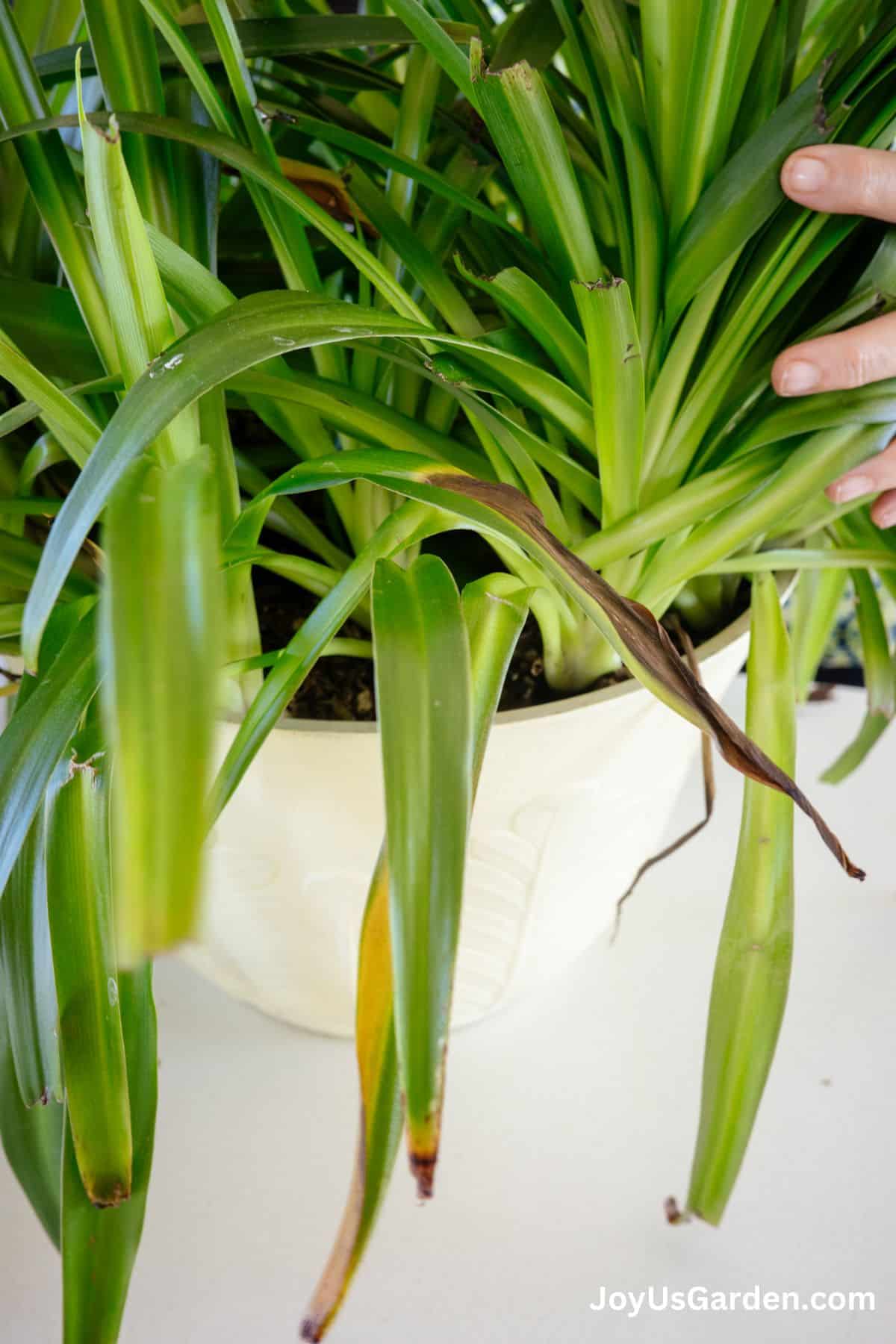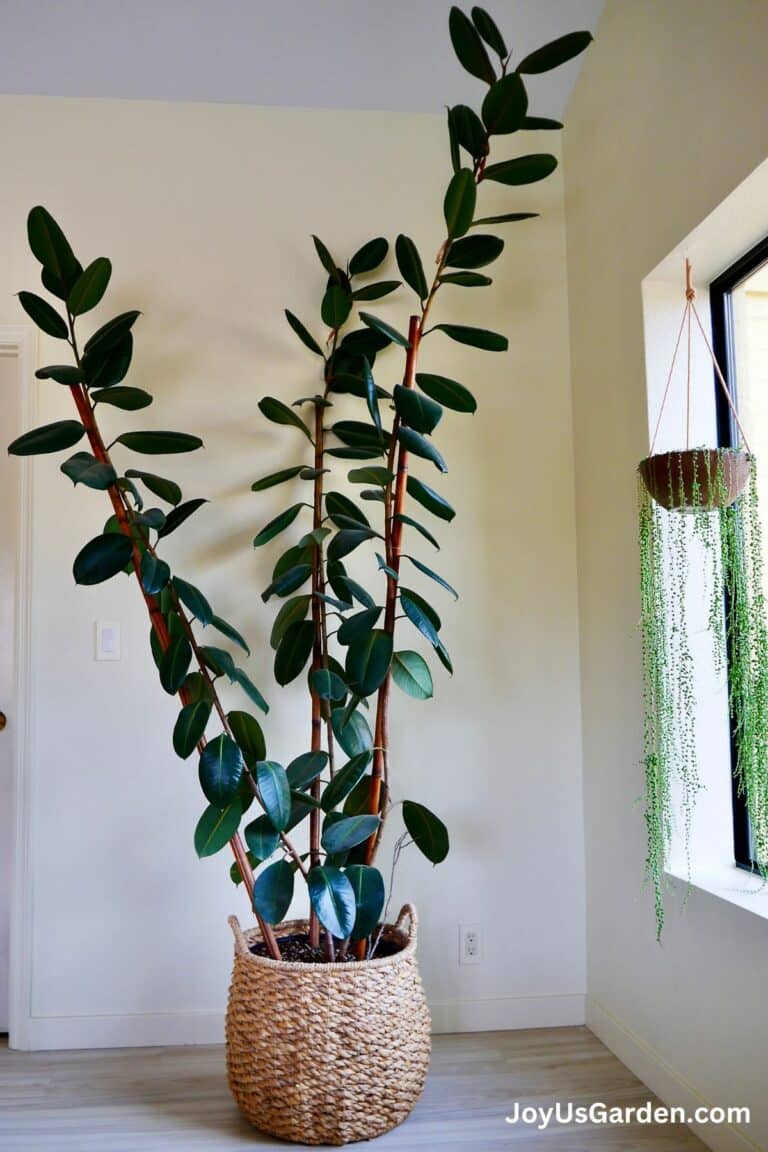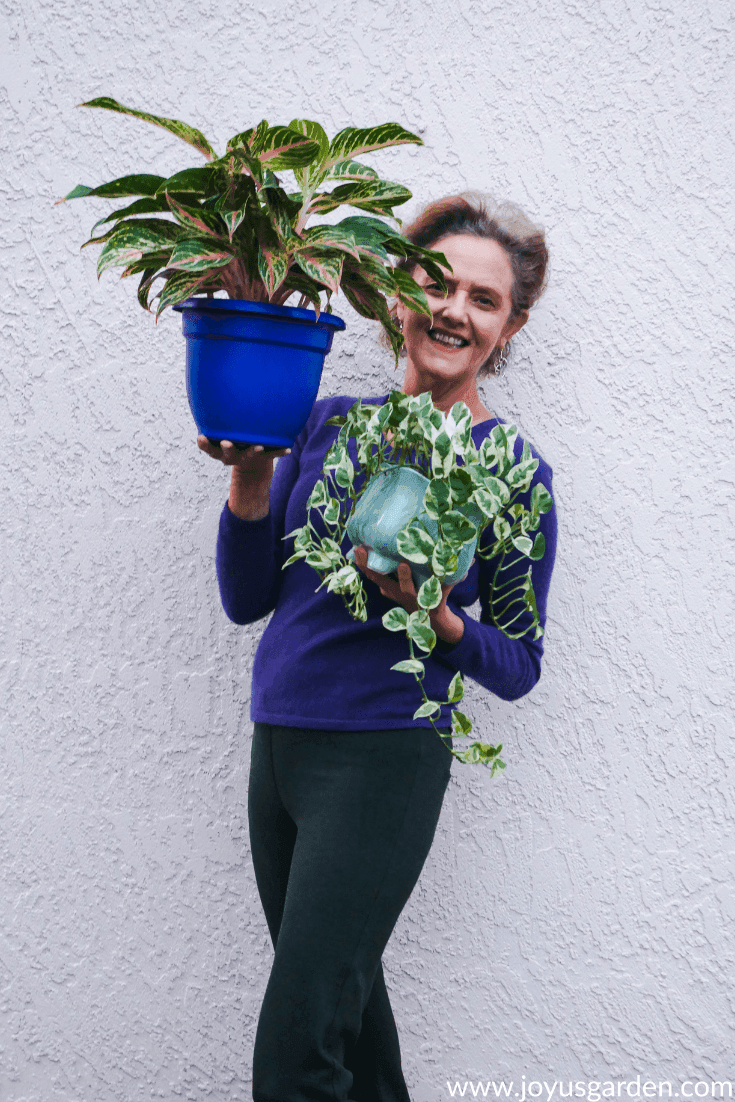How To Grow Spider Plants: Answering Your FAQS
Add a touch of greenery and pizazz to your living space with the Spider Plant and its graceful, arching leaves. It’s one of the easiest and most adaptable houseplants, but questions often come up about its care. We’re here to provide straightforward answers on how to grow Spider Plants in your home or office.
Several varieties of Spider Plants are on the market, so you have some choices. You can find them with variegated, solid, long, or curly leaves. The big draw for many is the babies (spiderettes, pups) that appear on the ends of long stems. They’re so easy to propagate!
Botanic Name: Chlorophytum comosum Common Names: Spider Plant, Airplane Plant, Ribbon Plant
How To Grow Spider Plants
1) Do Spider Plants need a lot of sunlight? Can a Spider Plant get too much sun? Can Spider Plants live in a dark room?
Yes, Spider Plants do and look their best in a bright location. They like indirect light and need it to produce babies and those small, star-shaped flowers.
Yes, a Spider Plant can get too much sun. The leaves will burn in direct sunlight, like when growing in a south or west window. Near but not in a bright, hot window is fine.
For the long haul, no. One can live in a dark room for a short period, but that’s it. All plants need light to photosynthesize and grow, whether natural or artificial.
2) Can Spider Plants go two weeks without watering?
Yes, Mature Spider Plants can. They have thick, fleshy roots that will rot if watered too often. If your plant is small, it’ll need watering more often.
I live in a city with a lot of sunshine (Tucson, AZ). During the growing season, when the weather is warmer, I water my large Spider Plant every 10-14 days and my smaller one every 7 days. I back off on the watering frequency by a few days in the winter months when the days are shorter.
3) Do you water a Spider Plant from the top or bottom?
I water all my houseplants from the top. Spider Plants are sensitive to minerals in the water, so it’s good to water your plant from the top to flush them out.
It’s important that yours is planted in well-drained soil in a pot with at least one drainage hole so all the excess water can freely drain out. And, if yours sits in a saucer full of water for an extended period, it’ll succumb to root rot.

4) Do Spider Plants keep producing babies? Should I cut the babies off my Spider Plants?
We’d all love to see Baby Spider Plants (aka pups or spiderettes) growing on those long stems regularly. And although they can produce multiple rounds of babies, there’s no set time when they’ll appear. I wish I could tell you it happened every spring, but that isn’t the case.
What you can do is keep your Spider Plant happy and healthy for the best chance. And they produce more babies when growing tight in their pots. One of mine produces pups every year or so, and the other one about every two years.
You can leave the babies on for as long as you’d like. If there are many of them, especially as they get sizeable, they’ll eventually drain the parent plant of energy. When that starts to happen, I cut them off. Plus, you’ll get new plants for yourself and to give away!
5) What happens if you don’t cut back babies on a Spider Plant?
You can refer to the answer above. Say the babies are left on for two years; then the mother plant has to put a lot of energy into keeping them growing, too. And, those spiderettes will be a good size by now, putting out a lot of roots and in need of planting. Just like teenagers, they want to break free, too!

6) Why are the tips of my Spider Plant getting brown? Should I cut the brown tips off my Spider Plant?
Spider Plants are prone to brown leaf tips. Mine have quite a few because I live in the desert, and it’s a reaction to the dry air. Other common causes are watering issues, water quality, and too much fertilizer.
Consider using distilled water if your tap water is high in salts (Spider Plants are sensitive to minerals). I have a tankless r/o water filtration system in the kitchen with a cartridge that puts the good minerals back in.
Cut the brown tips off if they bother you, but it’ll probably be an ongoing task. I leave them on because I have 60+ houseplants to care for and can’t be fixating on brown tips!
Spider Plants are one of the most popular houseplants and one of the easiest indoor plants to care for; check out our complete guide on Spider Plant Care for more tips.
7) Are Spider Plants toxic to cats & dogs?
No, unlike many other popular plants, they’re not. I get my information on this from the ASPCA, and they state that Spider Plants are non-toxic.
Just be aware that Spider Plant leaves are nice and crunchy like grass animals love to chew on. Fluffy or Fido might love munching away, which could make them sick, but they’re not toxic.

8) How long do Spider Plants take to root?
In no time at all! If the Spider Plant is a decent size, then roots should appear in a few days. I root the spiderettes in water in a glass vessel because I like to see the rooting progress.
They can usually be planted after two or three weeks. I’ve also left them in water for almost ten months, and they’ve been fine.
9) Do Spider Plants need to hang?
No, they don’t. But Spider Plants look great in a hanging basket or on a hanging shelf where the long leaves can arch and put on a beautiful display.
Plus, if yours has babies, it really shows them off. I have one Spider Plant hanging, and the other sits on a wicker trunk.
10) How long do Spider Plants live?
Because Spider Plants are tough and adaptable, they can live a long time. So, there are quite a few mature plants out there! In my childhood home, we had one growing in our greenhouse that was about twenty-plus years old.
When my mother sold the house, she gave it to one of the neighbors. I’d be curious to know how much longer it lived!

Bonus: Are Spider Plants easy to care for?
Spider Plant care is a snap, but like any of your other indoor plants, they benefit from a bit of attention now and then.
Place them in a bright spot, water when dry, fertilize a few times a year, and keep your eyes open for spider mites and scale insects.
Growing Spider Plants Video Guide
Some Of Our General Houseplant Guides For Your Reference: Guide To Watering Indoor Plants, Beginner’s Guide To Repotting Plants, How to Clean Houseplants, Winter Houseplant Care Guide, Plant Humidity: How I Increase Humidity For Houseplants, Buying Houseplants: 14 Tips For Indoor Gardening Newbies
Spider Plants are excellent plants for your home or office. Their wild nature, toughness, and those babies that grow out of long, arching sprays have made them popular houseplants the world over. We hope you’ve found answers to some of your questions on how to grow Spider Plants here.
Happy gardening!







